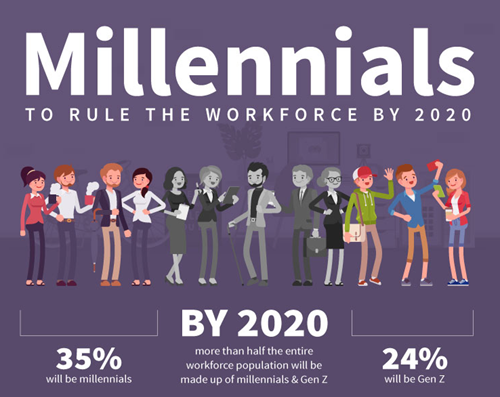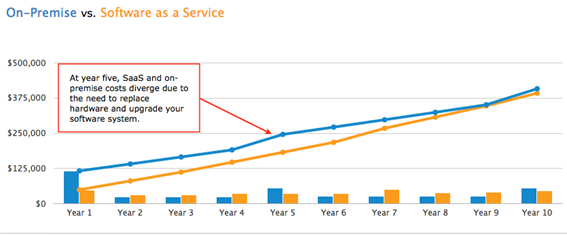Co-founder and a Managing Partner at CSW Solutions. You can find Yoel on LinkedIn and Twitter.
It's hard to believe half of 2020 has passed. What a year this has been so far! This has been a year of immense change in the usage of technology. We not only lean on technology during stressful times but we utilize countless services to enjoy conveniences and entertainment brought to us through the cloud. What can already be seen today is that the cloud-based digital transformation has already happened in our homes.
Privately, we are vested. Why not in business?
This could be the first time in history that our habits at home have outpaced how we function at work. It seems like the digital revolution is working from the inside out. While we already trust and rely on cloud services at home —from banking to buying to streaming— many businesses and larger industries and services are simply not there. Not yet.
Recently, I had a conversation with a customer who runs a medium-size manufacturing company. He was frustrated. His company wasn’t ready to work remotely. They had an on-premise network with servers that supported their software from 20 years ago. His team's productivity dropped considerably with the recent restrictions on business space and activity. When I asked why they didn't move to a web-based platform that would allow their employees to work on any computer, the answer was, “It’s not only us, this is how our industry still works… they can’t keep up with the progress out there.”
This is a common theme with traditional business practices that are often outdated. Corporate culture has a harder time embracing a true cloud migration model. It can be that some are stuck in a cyclic investment in the modes of operation anchored by their own technology. So, the question is what is the source of this discrepancy?

Source: StartUS Magazine
According to Pew Research, millennials are now the largest segment of the U.S. workforce, surpassing Generation X by a small margin and baby boomers by an even larger one. However, according to a 2017 Korn Ferry research, the average age of much of the corporate leadership is higher. It seems that millennials are driving a market disruption while many CEOs are grappling to cope. If we can look forward and thus beyond the generational divide, we can see that there is ample opportunity for corporate leaders to bridge and embrace the disruption.
Often, the reason to continue with outdated servers and software in the business is cost. Clearly, that is a legitimate and real concern. Migrating to the cloud (such as via Azure migration services) is a capital expense but the current model is potentially unsustainable in such an unstable market and certainly outpaced.

Let's take a look at the total cost of ownership for on-premise servers, including staff, equipment, outsourcing, and security. These on-premise costs are the basic foundation for an operation to function normally. But they are not sustainable nor scalable or even flexible.
The decision to migrate to the cloud needs to be planned through quality assessment of employee work habits and on-premise resources that your company regularly uses. These assessments will help you figure out how to make sure your cloud platform can provide consistent access to data, efficient communication, and stability but most especially security in running your business software. These things can have an immense and immediate impact on productivity for your organization.
As ransomware attacks grow and seem to evolve with technology, protection and recovery are actually much simpler through cloud servers. When thinking about your servers, remember to consider the physical costs of management and updates required for on-premise upkeep, security, and control. While it may be a comfortable feeling to backup your data on-site, it’s not necessarily more secure. Anybody can walk away with a USB drive or file from your on-premise server. But worst of all, maintenance and updates can be inconsistent, timely, and confusing. Thus they are difficult to budget and plan for, much less continuously prepared for any outside attacks or impairments to your systems. This is not the case with the cloud.
When you choose to move your server to the cloud, security updates are instant, consistent, and ongoing. What is it they say about a moving target?
Digital Transformation is key.
While you analyze the advantages and disadvantages —cost, security, and your employees' readiness— think of how your relationship with technology changed over the last fifteen years. From the way you pay your bills and in the way you watch shows or even book a vacation. The speed at which our lives have evolved and continue to change is astounding. Don’t leave your business behind.
The term “digital transformation” has been used a lot. Think about what it means for you and your business. If you are asking where technology is taking your company in the future, then the inevitable answer is to the cloud. It’s really just a matter of time. At CSW Solutions, we are here to take you through your cloud migration, one step at a time. Let us help you digitally transform.